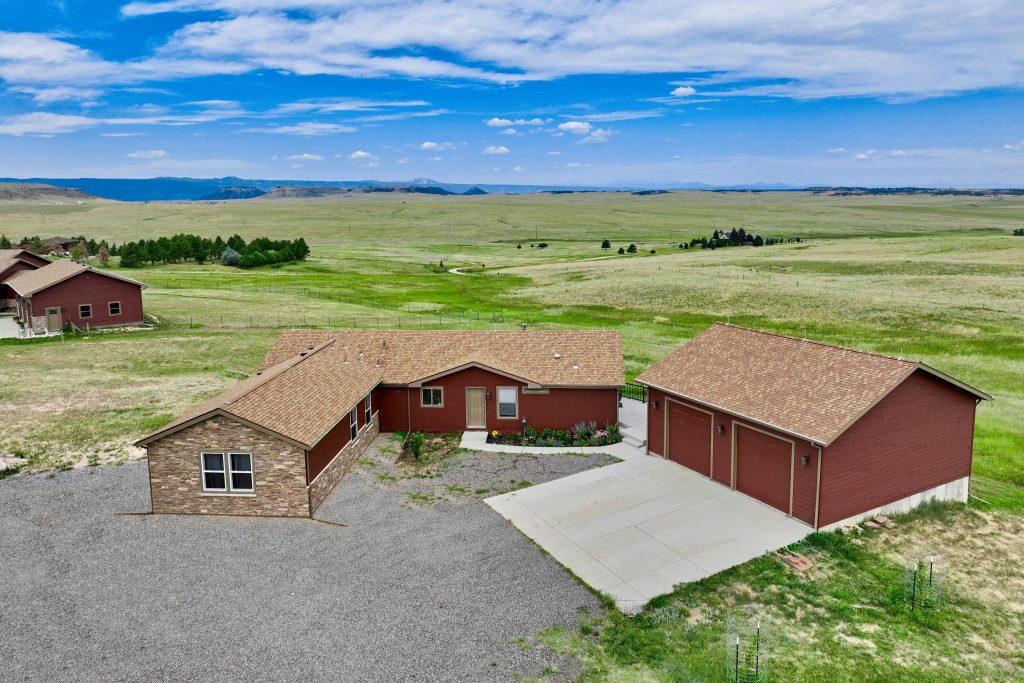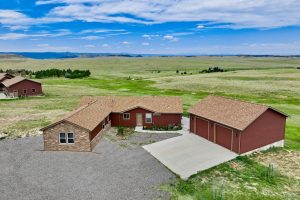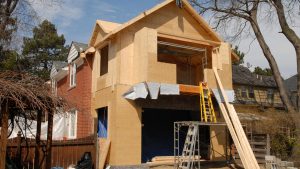
Why the Process Matters as Much as the Price
If you’re dreaming about a home addition in 2025, chances are you’ve already asked the big question: “How much is this going to cost me?”
And while we love talking numbers (and we broke that down in our blog How Much Does a Home Addition Cost in 2025), there’s another side to the story: the process.
Because here’s the truth—your budget doesn’t just depend on square footage or finishes. It depends on how well your contractor guides you through soils testing, engineering, permitting, and all the little steps that make an addition safe, legal, and long-lasting.
We get it—you might be thinking:
- “Why can’t I just get a quick quote over the phone?”
- “Do I really need soils testing?”
- “Permits…aren’t those just red tape?”
At Southern Mesa, we hear these concerns all the time. And we also know that skipping steps often leads to horror stories—like cracked foundations, stop-work orders, and blown budgets.
So, in this blog, we’re going to walk you step-by-step through what actually happens during a home addition project in Colorado Springs (and El Paso County as a whole). You’ll leave with a clear understanding of:
- Why each step matters.
- What timelines and costs to expect.
- And how to avoid common pitfalls that catch homeowners off guard.
Step 1: The Discovery Call
Your journey starts with a conversation—not a hammer.
During this call, we’ll:
- Ask about your goals (bigger kitchen? an in-law suite? space for teens who won’t leave?).
- Talk through budget ranges.
- Outline possible timelines.
- Make sure we’re the right fit for you—and you’re the right fit for us.
Here’s the key: we don’t treat this as a sales pitch. It’s about education. Most homeowners don’t realize just how many moving parts are involved in an addition until they start talking to a licensed contractor.
By the end of this call, you’ll know whether to take the next step—and you’ll feel a lot more confident about what lies ahead.
Step 2: Onsite Consultation vs. Pre-Construction Agreement
Once you’re serious about moving forward, you’ve got two options:
- Onsite Consultation Fee
- For homeowners who want to walk us through the space and get a better sense of what’s possible.
- This gives us context before you decide whether to move forward with detailed planning.
- This also allows opportunity for more understanding, clarity & education to help clients better discern what is best for them.
- Pre-Construction Agreement (PCA)
- This is where we get into the nitty-gritty planning.
- The PCA includes:
- Architectural & design planning – turning ideas into buildable drawings.
- Soils testing – more on this in a second.
- Structural, plumbing, and mechanical engineering – ensuring your home addition is safe and functional.
Think of the PCA like your project’s GPS. Without it, you’re guessing. With it, you’re confidently headed toward the finish line without detours.
Step 3: Why Soils Testing Is Non-Negotiable in Colorado
This is one of the most misunderstood steps, so let’s clear the air: soils testing isn’t optional.
Here’s why:
- Colorado has unique soils, especially in El Paso County. Expansive clays can shift dramatically with moisture changes.
- If you build without testing, your foundation could crack, shift, or fail.
- Soils reports give engineers the data they need to design a foundation that actually works for your specific lot.
Cost: Soils testing usually runs $1,200–$2,500 depending on lot conditions.
Timeline: Plan for 2–3 weeks for results.
Skipping this step is like building on a Jell-O mold. Sure, it looks fine at first—but eventually, things are going to jiggle in ways you don’t want.
Step 4: Engineering & Design That Protects Your Investment
Here’s a myth we hear: “You only need engineering if you’re building a second story.”
Wrong. Structural engineering is essential for every addition, big or small.
Why? Because every project needs to tie safely into your existing home. That means:
- Weight loads are properly distributed.
- Rooflines are designed to handle snow and wind.
- Plumbing and HVAC can handle the expansion.
- Foundations are designed to support the existing soils
Cutting corners here may save money upfront, but it usually costs homeowners far more in repairs later. A good engineer is like an invisible superhero—their work keeps your house standing strong for decades to come.
Step 5: The Proposal and Building Contract Phase
Once the PCA (including soils, design, and engineering) is complete, we create a detailed, itemized proposal.
This proposal outlines:
- The full project scope.
- A line-by-line breakdown of costs.
- Clear allowances for finishes.
Once approved, the building contract is signed, and we shift into prep mode. That includes:
- Submitting for permits.
- Scheduling trades and crews.
- Ordering long-lead-time materials.
👉 Note: Construction doesn’t start right away. If your contractor skips this prep work, you should be concerned.
Step 6: Permitting in Colorado Springs—Why It’s So Important
Let’s talk permits.
We know they can feel like a pain. They add time. They add paperwork. And you may even hear contractors whisper: “We can skip that part to save you some money.”
🚨 Red flag. Big red flag. 🚨
Here’s why permitting matters:
- Safety: Ensures your addition meets building codes.
- Insurance: Unpermitted work can void coverage if something goes wrong.
- Resale value: Future buyers (and their inspectors) will ask for permits. No permits = lower offers.
- Contractor credibility: A licensed contractor risks losing their license if they build without permits.
In El Paso County, typical permit timelines range from 4–8 weeks depending on project scope and season. It’s a process, yes—but it’s worth it.
At Southern Mesa, we “play by the rules” because those rules are there to protect you and us.
Step 7: Construction & Daily Communication
Finally—the part everyone pictures when they think “home addition.”
But here’s the difference: while construction is the visible part, it’s only successful because of all the steps before it.
During construction, Southern Mesa:
- Uses JobTread & texting to keep you in the loop.
- Provides daily updates so you know exactly what happened today and what’s planned for tomorrow.
- Keeps communication open—because no homeowner should ever feel in the dark during a major investment.
This stage isn’t just about building walls. It’s about building trust.
FAQs: Home Addition Process in 2025
Q: How long does the entire process take from first call to breaking ground?
A: Typically 3–6 months, depending on soils testing, engineering, size of project and permitting timelines.
Q: How much does soils testing cost and how long does it take?
A: Around $1,200–$2,500 and usually 2–3 weeks.
Q: Can I skip permitting to save time or money?
A: Please don’t. It can void insurance, hurt resale value, and risk your contractor’s license.
Q: Why do contractors charge a consultation fee or PCA fees?
A: Because they cover the cost of architecture, engineering, soils testing, and itemized proposals. At Southern Mesa, your consult fee is credited to your project if you move forward.
Q: What if I already have my own architect or plans?
A: Great, you’re one step ahead of the game! We’ll review them, coordinate with engineering, and integrate them into our process.
Why Process Protects Your Budget and Peace of Mind
A home addition isn’t just about adding square footage. It’s about adding value, safety, and comfort to your life.
And the only way to do that right is to follow a clear, proven process—from consultation to soils testing to permitting to construction.
At Southern Mesa, our process is designed to protect you from the surprises that derail so many projects. We believe in education, transparency, and communication every step of the way.
So, if you’re ready to talk about your dream addition, let’s start with a discovery call. We’ll answer your questions, walk you through the process, and make sure you feel confident before a single nail gets hammered.






